This morning, I came into school early. I wanted to whip up a tracker for my year 10 maths class so I could tell exactly where each individual student’s learning is at.
What is a tracker and why do I need it, you ask?
A tracker is a record of what students have demonstrated they are able to do, what they are working on and what their next step is after. I needed to write one up and keep it updated because as the year has progressed, I have gone from teaching a “year 10 maths class” comprised of 25 kids, to teaching five classes within the same time and classroom.
What do I mean by that?
Well, out of those 25 kids, four of them are at year 7 level. They are still learning their timetables, still learning the difference between perimeter and area and still at a pre-algebra level of understanding i.e. not yet understanding how a letter can take the place of a number. Not only that, but each of the four struggle with a different thing.
So, one is working on their timetables through apps, while another is learning to pick up patterns for algebra and the other two are working on measuring perimeters and areas of simple shapes (and how not get those two confused).
The next six kids are year 8 level. They struggle with fraction operations but at the moment, to give them a break from fractions (of course, we will go back!), I’m trying to get them used to using simple formulas and solving algebra equations that require at the most two steps to solve them e.g. 2a+2=8, meaning 2a=6 and therefore it must be a=3. You got that, right? At least, these kids can mostly work together and get help from other kids who are working on more complex equations.
The next group is a large group of 10 middle band kids who are only about one year behind (according to government assessment and reporting). They are solving equations that require further maths understandings and applying these understandings to a few scenarios to solve complex problems. These kids can actually use most of the textbook as it has examples and questions that they can follow.
Finally, of course, there is a group of five kids who are actually at year 10 level. They are the most comfortable in that classroom because the schooling system is built for them. The curriculum makes sense, the textbook makes sense and they are already engaged because they simply enjoy the satisfaction of learning something new, satisfying their human curiosity.
So, they can follow anything I try to teach them, use the textbook for work and just ask for extra help here and there. In all reality, I predominantly just guide them with the work and support them to prepare for VCE subjects next year by doing extra work on each topic.
As a teacher, in order to teach all these kids in a single class, I prepare materials for about five to six different classes because what the first set of kids do in learning timetables looks nothing like the opposite end where students are deriving formulas and writing mathematical proofs in geometry. So, I must become a juggler in teaching.

While things get easier due to the fact that I have few behavioural issues (in maths classes behavioural issues usually arise a result of kids being asked to do work that they can’t access due to their current understandings), I am essentially juggling notes in one hand of which groups to check in with next, while keeping an eye on the time with the other, running around the room to support students as they have questions about the work and somehow trying to tie the class together with some class discussions around bigger picture things such as how maths fits into their overall schooling, the news, etc.
Why do I do this much juggling? Because in my first year of teaching I tried to teach a ‘year 10 maths class’ and it didn’t work. It was the single biggest waste of time for most kids that I have ever experienced. I quickly stopped doing that because of course it didn’t work. How can a kid that doesn’t know their timetables try to solve…

MOST ADULTS CAN’T READ THAT! Let alone solve it and understand how it can be used to describe a complex idea.

There is an argument that year 10 maths isn’t even useful – it at least seems so given that English is the only compulsory subject in Victoria beyond year 10, plus out of the ‘maths’ choices, what most students choose is Further Maths as shown by 31 thousand out of 44 thousand students choosing it in 2016 (Victorian Curriculum and Assessment Authority, Further Maths Statistics, 2016). A subject where my two years experience teaching it has demonstrated to me that you can achieve relatively well with a strong foundation of year 8 maths and better still with year 9.
So, the reality of a maths classroom is that many students in year 10 are not at the year 10 level (Maths Pathway 2016 Impact Report, p. 21) – hence we have to have teachers that take a different approach to trying to teach many students something that is well beyond them.
We take the constraints of being given kids in a group according to birth year and not according to interest or ability and we try to teach them all some maths in that classroom. Not year 10 maths in year 10, just maths according to the individual. As a teacher, I have found much success in trying to build a culture that takes into consideration the individual’s story until coming into the classroom and building a relationship with them.
If they come out of that classroom by the end of the year, having learnt some maths, hopefully ‘one year or more’s worth’ than they knew before they started, then we have succeeded. That is all we can do with the situation we are in.
*Source for number of students studying further maths in 2016:








